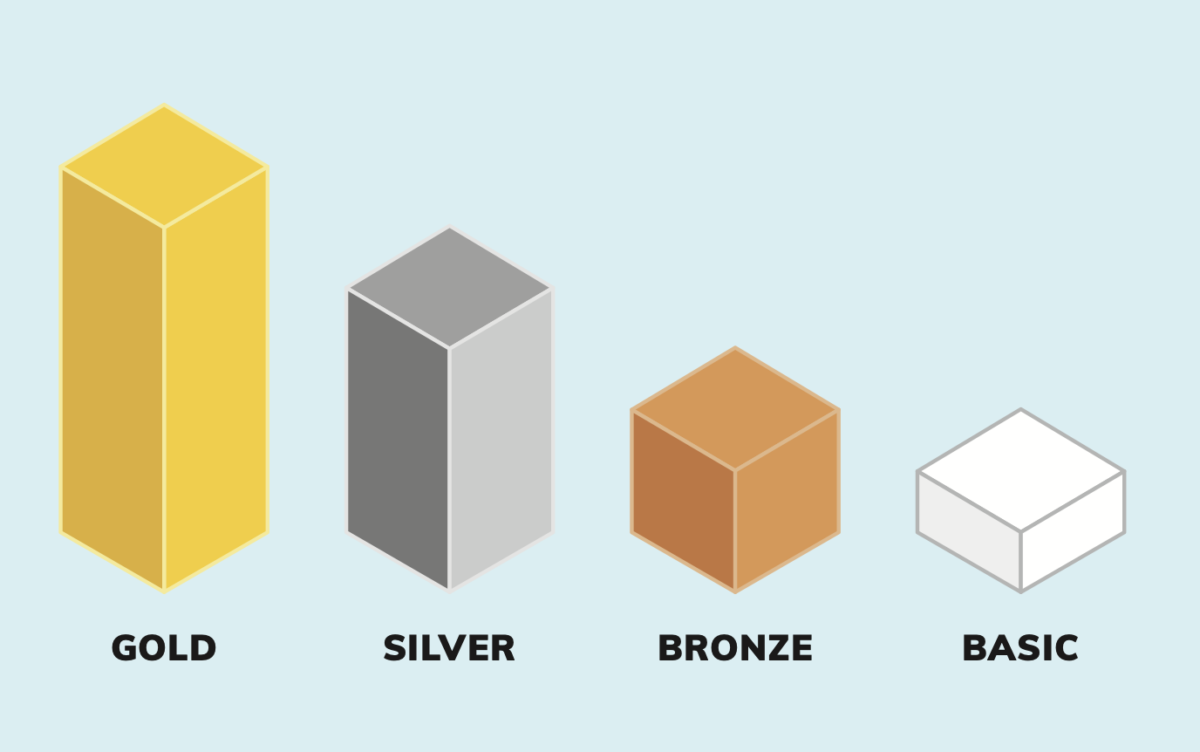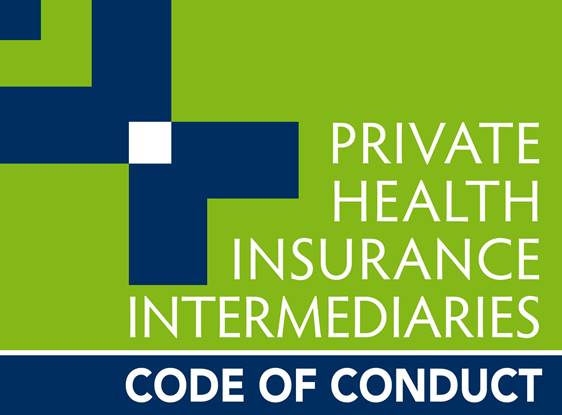Are you considering getting braces or orthodontic treatment for yourself or your child? It’s understandable that you may have concerns about the cost, time commitment, and overall inconvenience of the process. However, it’s important to remember that corrective dental braces offer numerous benefits beyond just a perfect smile. They can significantly improve your oral health as well. Braces are commonly recommended during childhood or early adolescence, but adults are increasingly opting for them as well.
If you have orthodontic private health cover it will assist in offsetting the cost of orthodontic treatments like braces, aligners, and retainers. If you want coverage for orthodontics along with other services such as optical and physiotherapy, you should look for an extras private health insurance policy that specifically includes orthodontics. It’s crucial to pay close attention to the benefits and features provided by different policies, and you can conveniently compare them by talking to health.compare
What cover do I need for orthodontics?
Usually, you will require a private health insurance plan with extras cover for dental treatment and it’s split into three categories.
- General dental: Includes cleaning, plaque removal, X-rays and minor fillings
- Major dental: Includes crowns, bridges and dentures and wisdom teeth extraction
- Orthodontics
How do you know if you or your child actually require braces or orthodontic work?
Here are some indications that there is a need for orthodontic treatment:
- Teeth coming out too early, too late, or irregularly
- Crowded or misaligned teeth
- Protruded teeth
- Excessive overbite or underbite
- Difficulty chewing
- Jaw popping, shifting, or clicking
- Crooked or unevenly spaced teeth
- Underbites, overbites, or crossbites
- Limited breathing
- Gaps between teeth
What are the different types of orthodontic treatments available:
- Traditional Metal Braces: These consist of small metal brackets bonded directly to the teeth, along with an archwire that connects all the brackets. The brackets can be either “twin” brackets, requiring coloured, silver, or clear elastic modules for archwire attachment, or “self-ligating” brackets. Each bracket is designed for a specific tooth, considering its unique features and requirements.
- Clear Braces: Clear or tooth-colored braces are often used for upper teeth that are more visible when talking and smiling. Patients have the option of clear braces in either twin bracket or self-ligating design, including the option of clear braces for lower front teeth.
- Lingual Braces: If you prefer braces that are completely “invisible,” another option is lingual braces. These braces are fitted to the inside or lingual surface of the teeth, which provides custom-made braces for accurate fit and placement.
- Invisalign: Invisalign is an almost invisible alternative to braces. It involves using a series of thin, clear aligners that resemble mouthguards. These aligners are worn full-time, except when eating, and are changed every two weeks to gradually move the teeth to the desired position.
- Plates: Dental plates are removable plastic devices designed to adjust or stabilise teeth using wires and springs. Unlike fixed braces, these plates can be easily taken out of the mouth whenever desired.
- Retainers: After undergoing orthodontic treatment, wearing a retainer is recommended to maintain the new shape of your teeth. Retainers can be removable appliances or bonded retainers that are glued to the back of the teeth so they are not visible.
Are braces and orthodontics covered by Medicare?
Generally, Medicare does not cover braces and orthodontic treatments. Dental treatments, in general, are not covered by Medicare, although the Child Dental Benefits schedule does provide some dental coverage for kids. However, orthodontics and braces specifically do not qualify for this coverage through Medicare.
What should I look for in a private health policy for my orthodontic needs?
- Take the time to compare different providers online, chat to your dentist and talk to friends and family for referrals. Spending some time researching can potentially save you hundreds of dollars in the long run.
- Pay attention to the annual limits of the private health policies you’re considering. The annual limit is the maximum amount you can claim for orthodontic treatment in a year. Higher limits allow you to claim more, but keep in mind that premiums are usually higher as well.
- Lifetime limits are another important factor to consider. Some private health insurers set a maximum lifetime limit for orthodontic coverage. If you anticipate needing extensive orthodontic work, make sure to check the lifetime limit, as it represents the maximum amount you can claim over the course of your policy, regardless of how long you hold it.
- Waiting periods is another key factor to take into consideration, usually with most policies – braces or orthodontic work have a 12 month waiting period before you can claim. Check with your private health provider as some waiting periods may vary.
- Price is undoubtedly a crucial factor in your decision-making process. However, it’s important to strike a balance between cost and private health coverage. Avoid simply opting for the cheapest policy without thoroughly comparing your options. You might find a better deal elsewhere without compromising the coverage you need. On the other hand, be mindful of your budget and avoid policies that stretch your financial limits.
- Consider the additional benefits offered by extras policies. These policies often provide various perks beyond orthodontic coverage. You might enjoy additional discounts on services like massages, physiotherapy appointments, or even gym memberships.
To find the best provider for braces and orthodontic cover, we recommend comparing online with us. Don’t limit yourself to a familiar brand or rely solely on recommendations from friends. By researching online, you can discover a private health insurance policy that suits you best and potentially save hundreds of dollars. Look at the annual limits for orthodontics, as they determine the maximum amount you can claim in a year. Consider the lifetime limits as well, which indicate the maximum amount you can claim over the duration of the private health policy.
To compare private health insurance that best covers your dental and orthodontic needs – Call us on 1300 861 413 or email hello@healthmarketing
























































